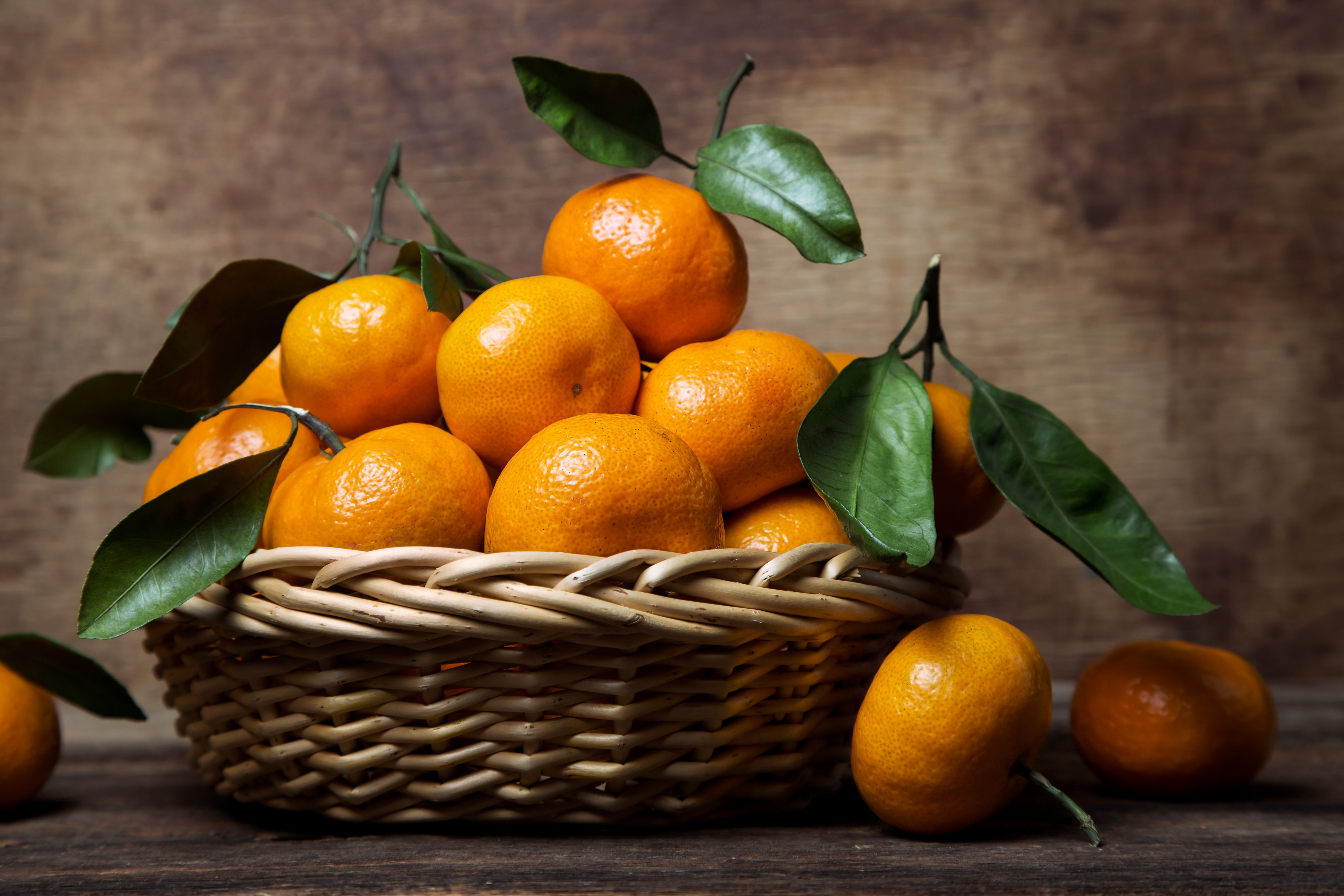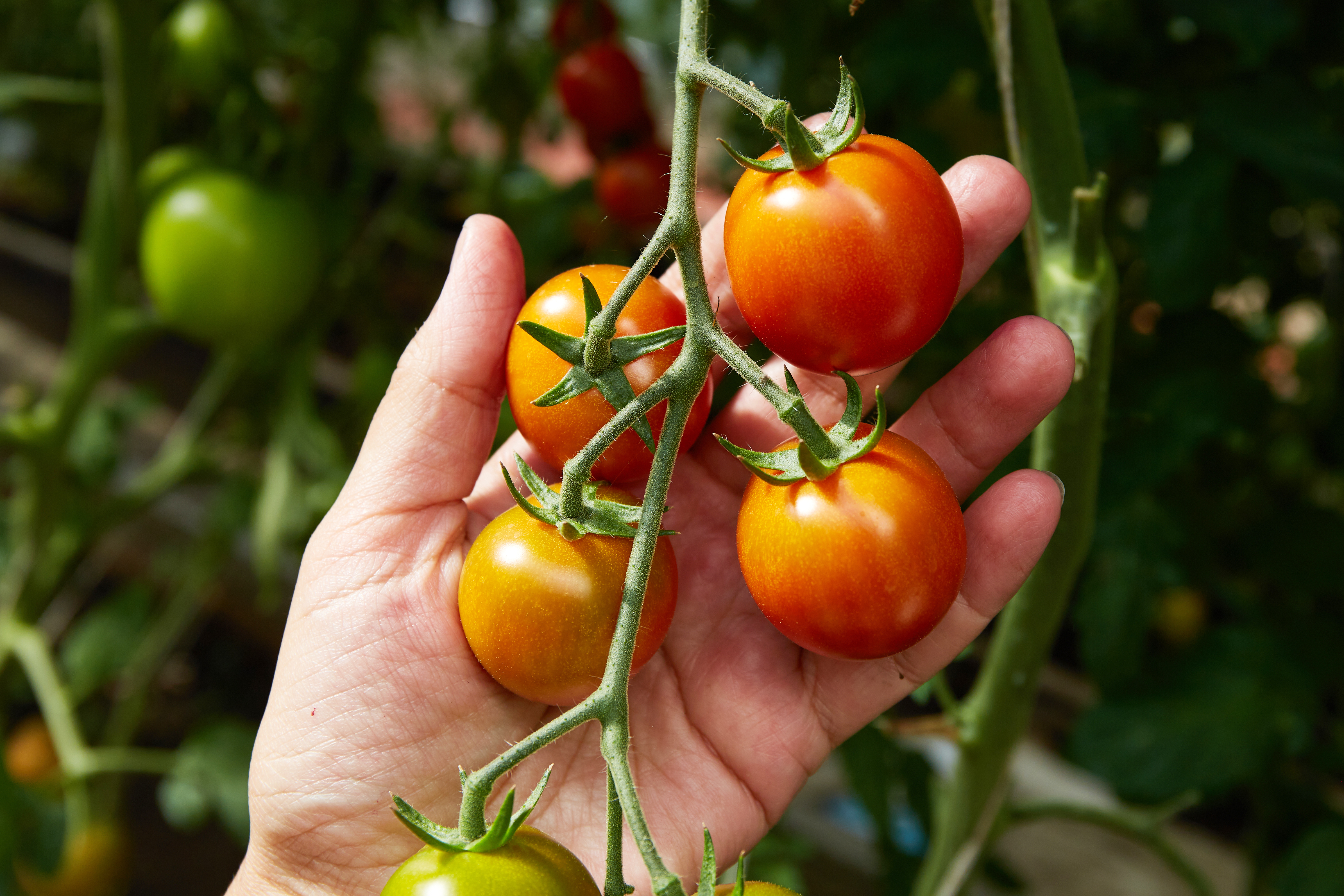Common Kitchen Staples That Trigger Acid Reflux Unexpectedly
Think acid reflux is only triggered by greasy pizza or late-night tacos? Not quite. Some of the worst offenders are hiding in your own kitchen—disguised as healthy snacks, go-to condiments, or even wellness staples. That squeeze of lemon, that dash of cinnamon, that seemingly harmless cup of herbal tea? They might be silently fueling your discomfort. While familiar culprits like tomatoes and coffee get all the blame, the real danger lies in the foods you don’t suspect—the ones you reach for every day without thinking twice. That’s why we’ve expanded our guide for a clearer look at the ingredients quietly stirring up heartburn, bloating, or that all-too-familiar burn in your chest. Whether you’re managing GERD or just trying to eat more mindfully, this list can help you pinpoint hidden triggers and reclaim calm, comfortable digestion—starting right at home.
1. Citrus Fruits: A Tangy Surprise

Citrus fruits, renowned for their refreshing taste and health benefits, are a staple in many households. However, their high acidity levels can exacerbate acid reflux symptoms. Oranges, lemons, and grapefruits are particularly notorious for triggering heartburn. The acidic content can irritate the esophageal lining, leading to discomfort. While these fruits are rich in vitamin C and antioxidants, moderation is key for those prone to acid reflux. Exploring alternative sources of vitamin C, such as strawberries and bell peppers, can help maintain nutritional balance without triggering symptoms.
2. Tomatoes: The Juicy Offender

Tomatoes, a versatile ingredient found in sauces, salads, and sandwiches, are another unexpected contributor to acid reflux. Their natural acidity, coupled with their ability to relax the lower esophageal sphincter, can lead to increased stomach acid entering the esophagus. This can result in the familiar burning sensation associated with heartburn. For individuals who enjoy tomatoes, opting for less acidic varieties, such as yellow or heirloom tomatoes, and consuming them in moderation can help reduce the risk of reflux while still enjoying their flavor.
